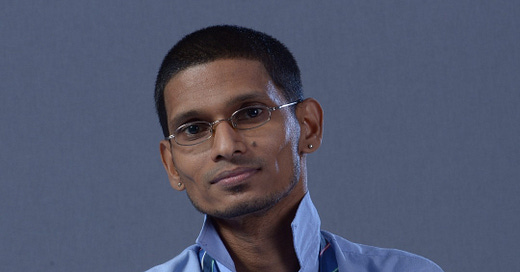A few weeks ago, I had the privilege of conversing with Malaysian writer Uthaya Sankar SB. He had just released his Bahasa translation of the Kathasaritsagara, the 11th century collection of stories by Somadeva. This was a landmark event—while Somadeva’s great work has been translated and retold in many languages over the centuries, this is the first re…
Keep reading with a 7-day free trial
Subscribe to Eaten by a Fish to keep reading this post and get 7 days of free access to the full post archives.



